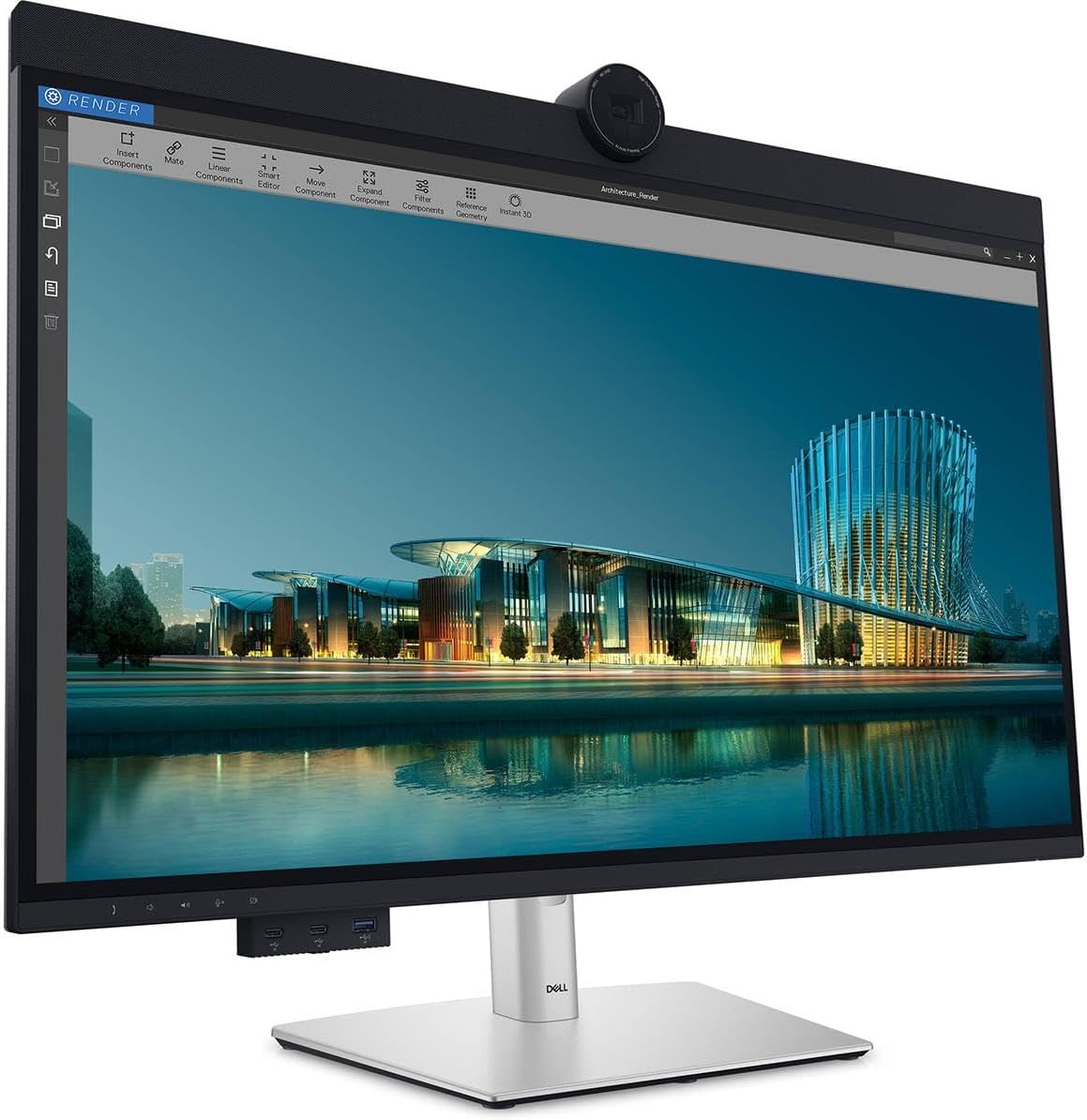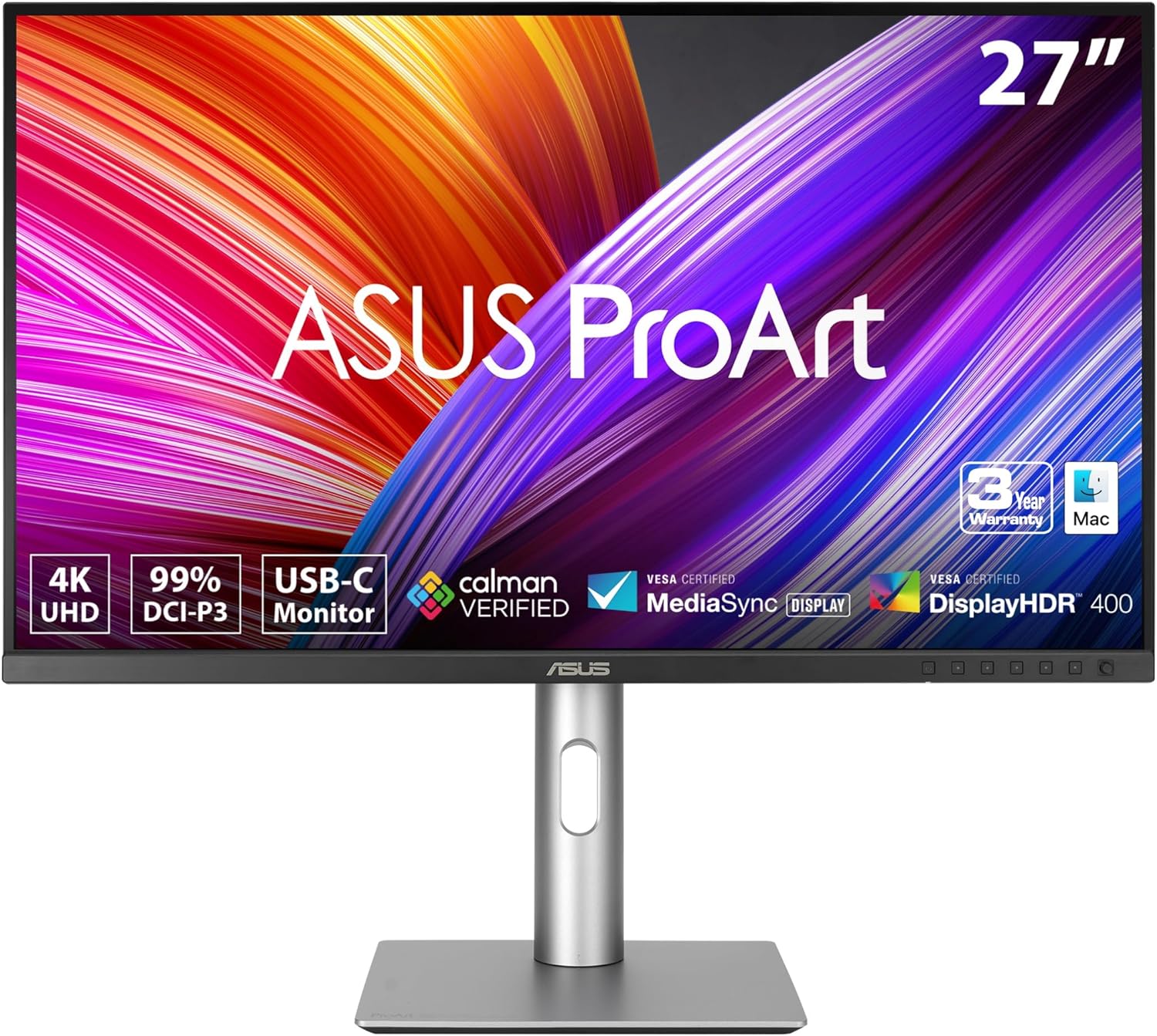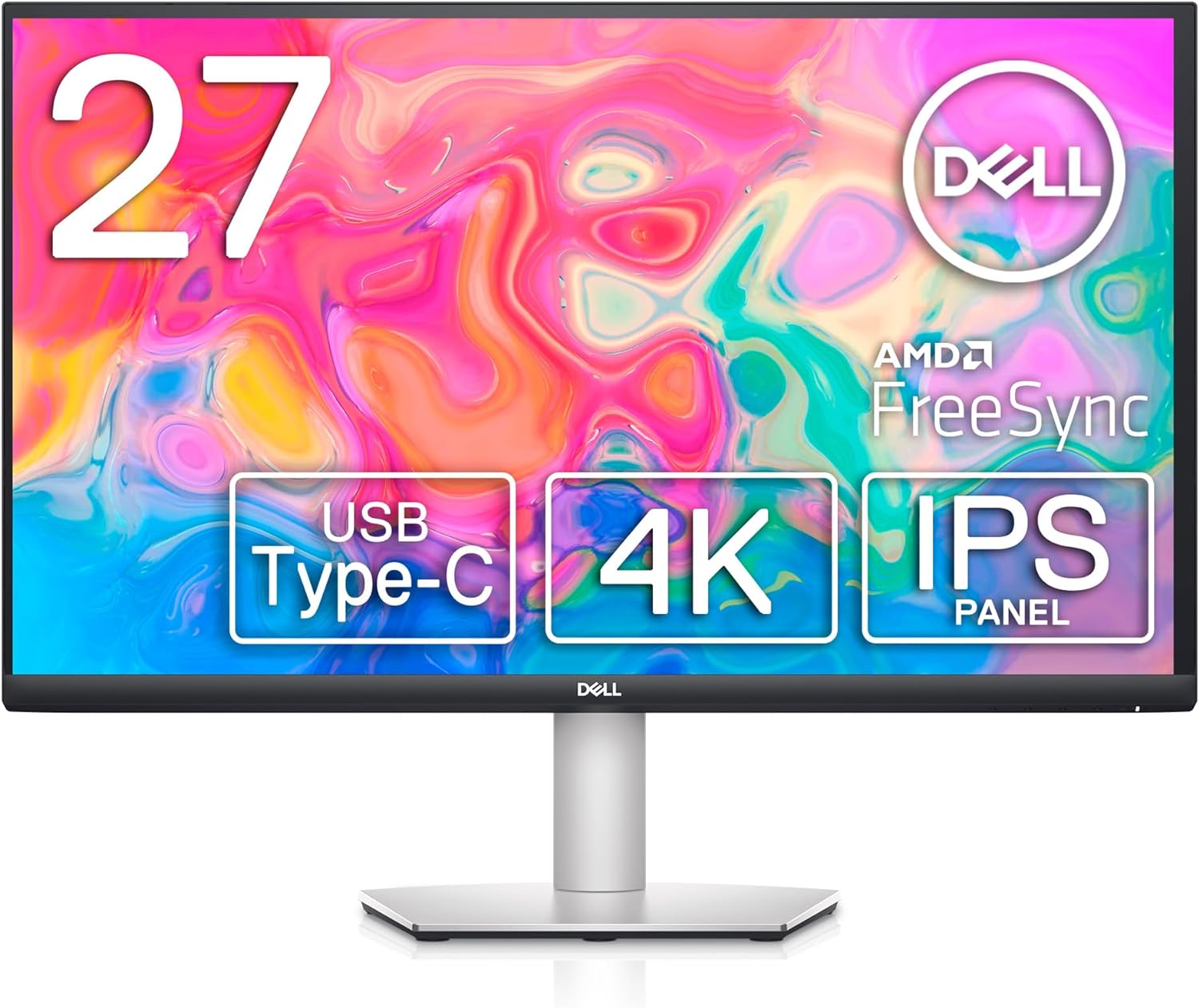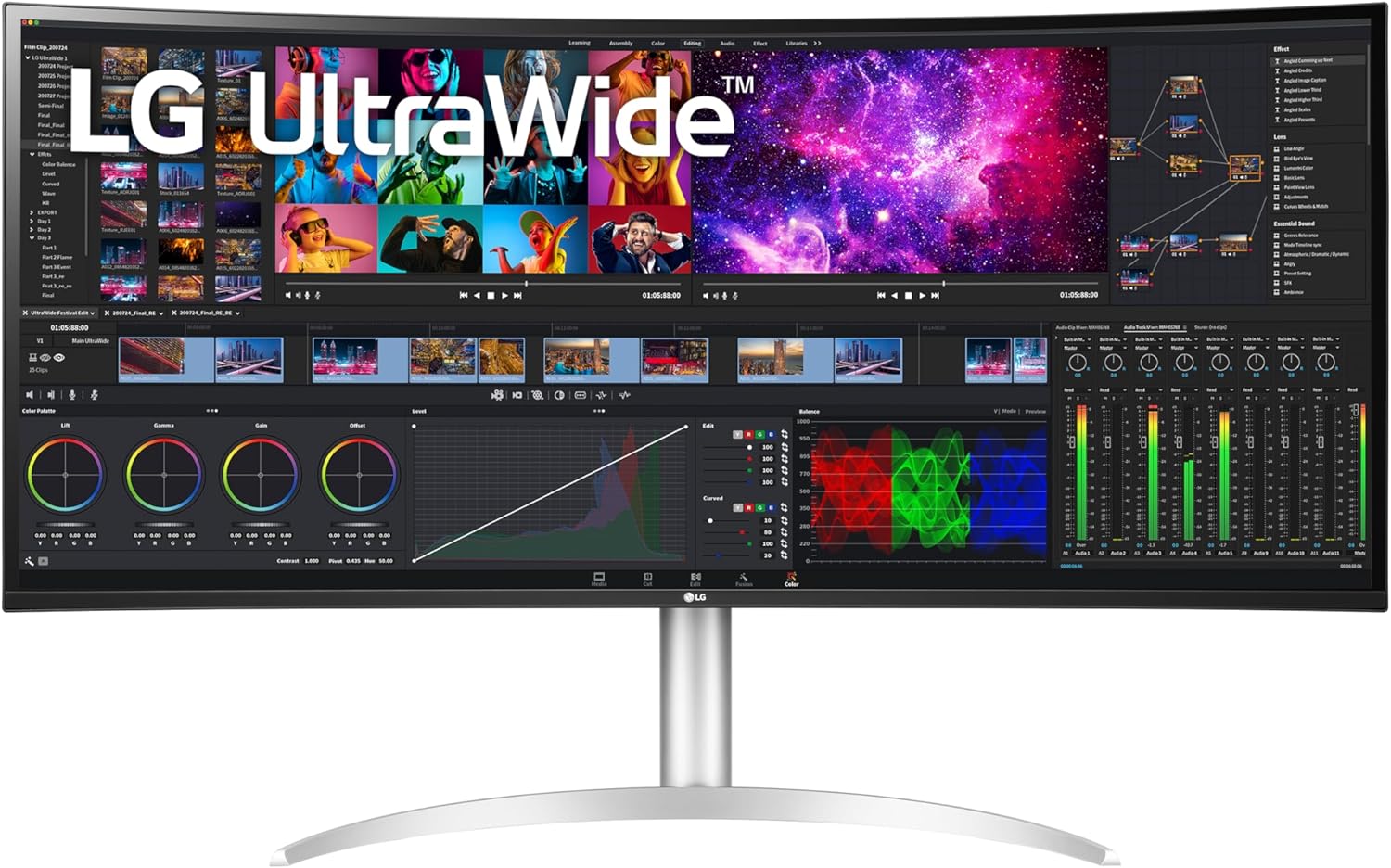Finding the Best Photo Editing Monitor for You
Photography is much more than crafting the perfect composition. As a photographer, the digital darkroom is an important part of the workflow. By creating images in RAW to have the widest latitude when working on them in post-production, a photographer’s workflow demands accurate colors.
Color accuracy is a huge aspect of photo editing. Having a monitor that stands the test can make or break photo editing.
In fact, the monitor is one of the most under-looked aspects of a digital photographer’s workflow. And it should not be.
Below are four options for photo editing monitors that perform flawlessly for a photographer looking for color accuracy and editing potential.
And to check out more of the best tools for improving your art, visit these pages:
Our Photo Editing Monitor Recommendations
Best Overall
Dell UltraSharp U3224KB
Screen Size: 32 Inch
Resolution: 6144 x 3456
Refresh Rate: 60Hz
Inputs: HDMI 2.1, Mini DisplayPort 2.1, Thunderbolt 4, 2x USB-C, USB-A, RJ-45 LAN
Brightness: 450 nits
Color Gamut: 99% DCI-P3, 100% Rec 709, 100% sRGB
Price: $2,099
The Dell UltraSharp 32 6K Monitor outperforms most monitors. Loaded with features, this monitor is perfect for a photo editing workflow.
At 6K, the resolution provides stunning detail and color accuracy. When paired with the IPS Black Panel technology, the blacks become deeper and the grays have higher color accuracy.
If that was not enough to make this monitor the ideal photo editing workhorse, the connectivity competes with most laptop docking stations. This monitor includes upstream power delivery and Thunderbolt 4, five USB-A ports, two USB-C ports, and an ethernet port.
And on top of this, Dell has included a 4K webcam complete with a security shutter.
Though this monitor is bright, it could have a wider color gamut. However, the amount of features packed into this forward-thinking monitor will boost any photo editing workflow.
Best Affordable
ASUS ProArt PA279CRV
Screen Size: 27 Inch
Resolution: 3840 x 2160
Refresh Rate: 60Hz
Inputs: USB-C, 2x HDMI, DisplayPort, 4x USB 3.2, Audio Line Out
Brightness: 350 nits
Color Gamut: 100% Rec 709, 100% sRGB
Price: $419
The ASUS ProArt Display 27” 4K HDR monitor is an ideal entry-level photo editing monitor.
Connect a laptop via the power delivery (65W) USB-C cable and this monitor becomes a USB dock.
Plus, the wide color gamut is excellent for this price point, making it a great photo editing monitor. ASUS has pre-calibrated, and Calman verified the color, providing outstanding color accuracy right out of the box.
The 4K resolution is sure to bring photos to life and boost creativity for any workflow.
Though there are speakers, they are not as powerful as you would get in higher-end models, but there is an included Audio-Out port for connecting external speakers.
This photo editing monitor is packed full of features and comes in at under $450, making it the perfect budget photo editing display.
Affordable Runner-Up
Dell S2722QC
Screen Size: 27 Inch
Resolution: 3840 x 2160
Refresh Rate: 60Hz
Inputs: USB-C, 2x HDMI, DisplayPort, 2x USB 3.2, Audio Line-Out
Brightness: 350 nits
Color Gamut: 99% sRGB
Price: $249.99
The Dell S2722QC 27-inch 4K USB-C Monitor is the runner-up budget display of choice.
At under $300, this photo editing monitor packs a punch and provides the color accuracy and workflow needed for photo editing. So, this monitor is the perfect choice for anyone just starting down the enjoyable path of photo editing.
And with a wide color gamut, it provides precise and rich color accuracy packed into a large 4K resolution. The In-Plane Switching technology is the same as the best overall photo editing monitor.
Rounding this display out are the dual 3W speakers. For this price, Dell has reduced the connectivity options, yet this monitor is still ideal.
For this price, this monitor is perfect for anyone just getting into the photography game.
Best Ultra Wide
LG UltraWide 40WP95C-W
Screen Size: 40 Inch
Resolution: 5120 x 2160
Refresh Rate: 72Hz
Inputs: DisplayPort, 2x HDMI, Audio Line-Out, 2x Thunderbolt 4, 3x USB-C
Brightness: 300 nits
Color Gamut: 98% DCI-P3
Price: $1,399.95
The LG 40WP95C-W monitor provides all the real estate a video editor could want.
At over 40” wide, video editors can push their creativity with this monitor.
And with a 98% DCI-P3 Color Gamut, your work will come to life, considering the HDR 10 and Nano IPS features. As with the best overall monitor above, this is packed full of features for video editors, which raises the cost.
It is also worth noting the dual 10-watt speakers for audio playback. So if video editing is your primary work, this wide monitor will boost your creativity and efficiency.
Things to Know When Shopping for a Photo Editing Monitor
As I mentioned, there is a lot that goes into a monitor. The technology has come a long way, and so have the specifications. You will want to familiarize yourself with these when searching for a new display.
These days the spec sheet for a monitor seems to go on and on and include obscure terms such as nits, gamut, refresh rate, and more. Fear not; these are easier to understand than it seems.
Here are three important factors you need to consider when shopping for a new photo editing display.
Peak color accuracy
This refers to seeing the colors as accurately as possible on the screen. Color space is an important aspect of photography. It is a defined color combination within a model. Most photographers use the standard Adobe RGB.
Learn the difference between Adobe RGB and sRGB here.
This color space is larger than sRGB, the standard across the web, yet smaller than ProPhoto RGB. ProPhoto is often used for printing and contains even more colors than Adobe RGB. These are the three most common color spaces.
Optimized color calibration
A properly calibrated screen is a photographer’s dream. This is often overlooked, yet important for creating accurate colors throughout your portfolio. Most monitors need to be calibrated regularly. Some expensive models have a self-calibration tool that works automatically.
To ensure your monitor displays precise colors, a monitor calibrator or a “colorimeter” is essential. This device is placed over the monitor and works with paired software to reset the gamma and colors, offering greater accuracy and ongoing reliability.
Gamma is a complex term; essentially, it refers to how vibrant an image looks on a display. Adjusting the gamma is akin to adjusting the luminance of a photograph in Lightroom. Adjusting the gamma of a monitor controls the overall brightness of an image. Having the ability to fine-tune the gamma will help you control and enhance the vibrance of the details in your photographs.
Unparalleled panel technology
Monitors have come a long way over the past decade. In-plane switching (IPS) refers to how the liquid crystals in the monitor transition from color to color. It offers greater flexibility in viewing angles and is superior for photo editing.
The viewing angle is something worth considering alongside your workflow. Do you stand when editing? Do you often have a team working with you? Consider these aspects when looking at the ergonomics of a monitor to best dovetail with your workflow.
Just as important is screen resolution. The more pixels a display holds, the sharper the image will display. This helps avoid over-sharpening your images. The screen size is also an important factor to be considered.
Key Specifications for Photo Editing Monitors
Here are the key specifications that are important when selecting a monitor for video editing.
- Color Accuracy: You want to find one that has a rating of delta E < 2 or lower. Delta E measures how well our eyes perceive color differences.
- Color Gamut: This is by far the most important specification. The more colors the monitors can produce, the more it will cost. Look for a monitor with at least 95% DCI-P3.
- High Contrast Ratio: A higher contrast value will make the footage look crisper and easier to edit.
- High Brightness Level: The brighter the screen, the more enjoyable the experience will be. A nit is the same as candelas (cd/m2).
- Resolution: While a 4K monitor provides exceptional sharpness, a UHD monitor will also suffice for photo editing.
- 4K – 3820 x 2150 pixels
- 1440p – 2560 x 1440 pixels
- Ergonomics: The monitor needs to fit your office, your desk, and your workflow. Consider a matte surface for the monitor to reduce glare and reflections.
- Price Tag: Every project has a budget, and this guide is here to help you get the most for your dollar.



